Beware that your OS is only aware of the total amount of memory java has reserved over the time (and java will not return that amount of memory easily AFAIK). However java may not be using all that memory at a given moment, so you can see differences between those two numbers.
For example, if you launch your program like this
java -Xmx512m -Xms256m ...
Then your JVM will take 256 MB as soon as it starts (and the OS will tell you so, more or less). However, if you open your memory peek tool (be it visualvm, jconsole, etc.), it may show that you are using less than that (it is just you have not needed to use the whole of your reserved heap).
